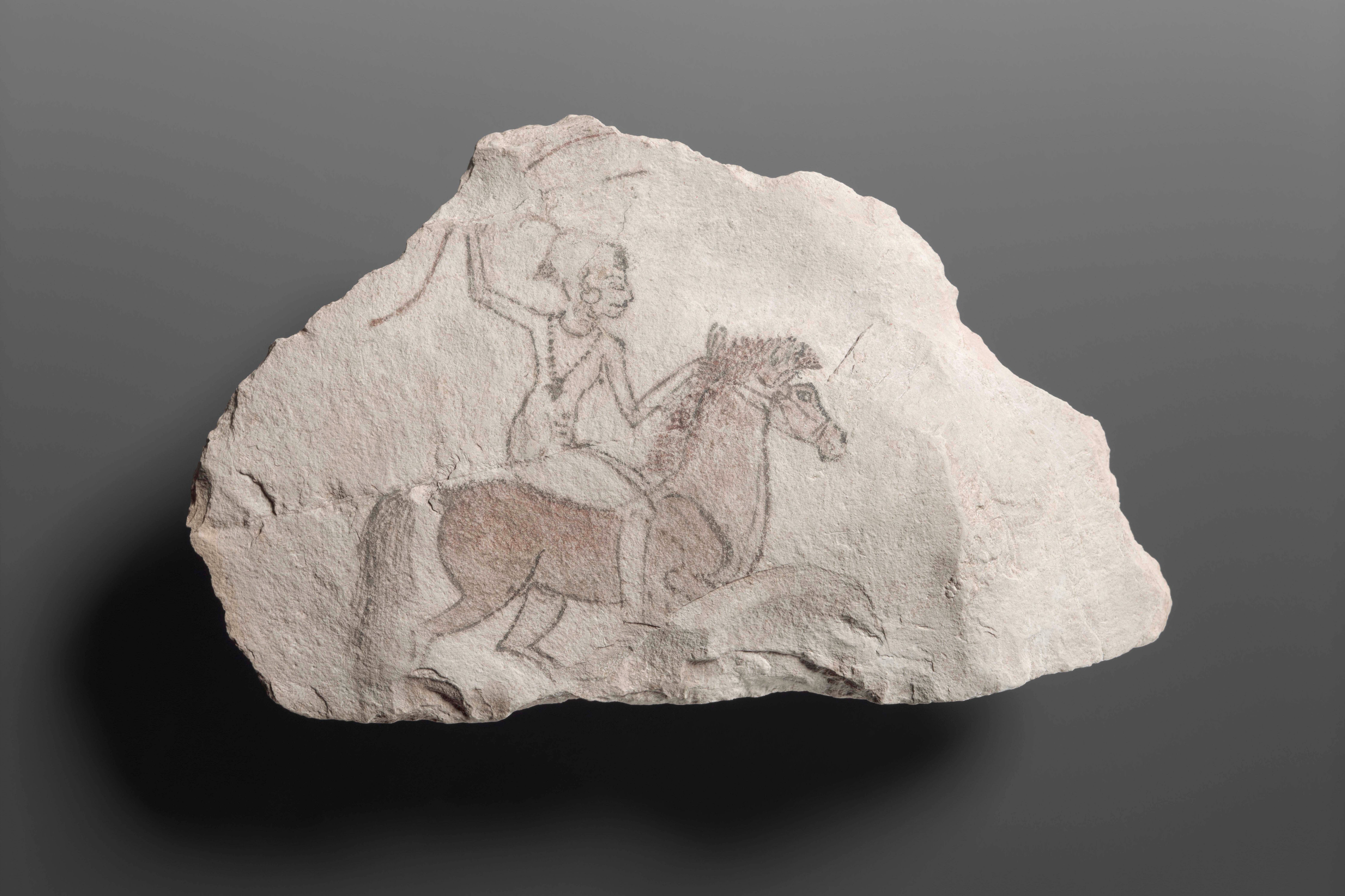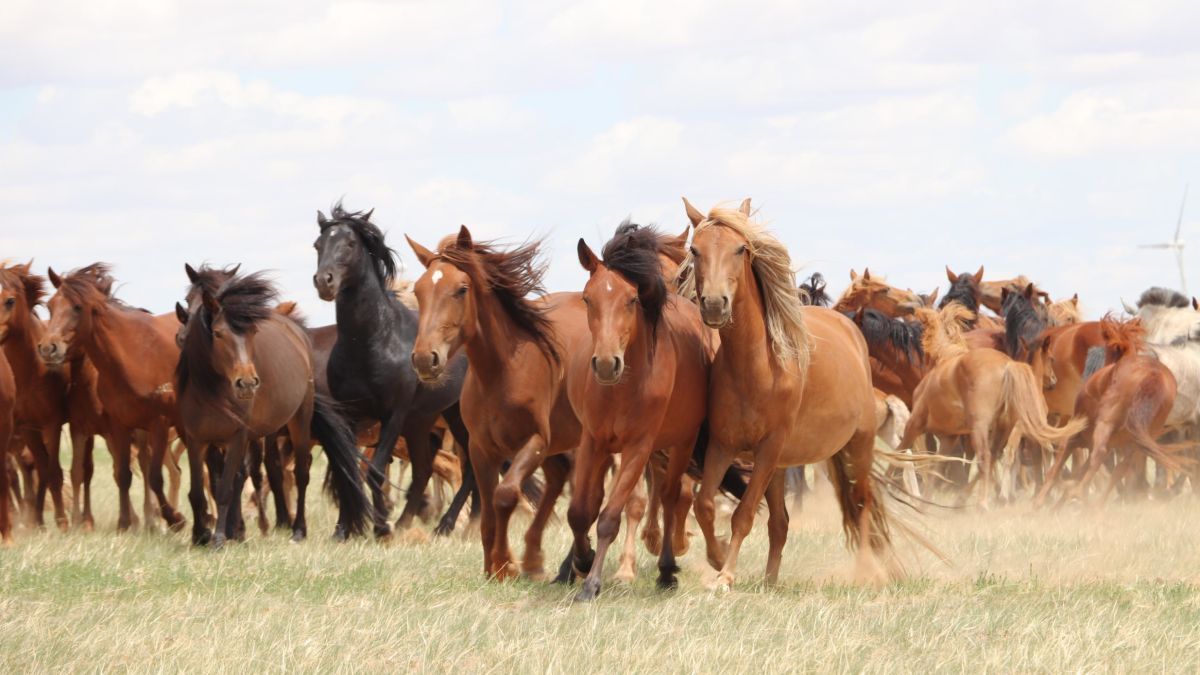Have you ever wondered about the history of horseback riding and its connection to archaeological discoveries? Well, you’re in for a treat because in this article, we’re going to explore just that! From ancient civilizations to modern-day equestrian sports, horseback riding has a fascinating past that has left its mark on the world. So, buckle up and get ready to dive into the captivating world of horseback riding and its archaeological connections!
In our exploration, we will delve into various aspects of this topic. We’ll start by taking a look at how horseback riding was first discovered and how it played a crucial role in early human development. From there, we’ll discuss its significance in different ancient civilizations, such as the Mongols and the Native Americans. We’ll also touch upon the role of horses in warfare throughout history and how their domestication shaped societies. Plus, we’ll uncover intriguing archaeological findings that have provided us with valuable insights into the lives of our equestrian ancestors.
So, whether you’re a horse enthusiast or simply curious about the history of horseback riding, this article is bound to offer you an exciting journey through time. Stay tuned to learn more about the captivating world of horseback riding and its intriguing connections to archaeological discoveries.

Horseback Riding and its Connection to Archaeological Discoveries
Horseback riding has a rich history that dates back thousands of years and it has played a significant role in various aspects of human civilization. From its origins and early evidence of domestication to its influence on ancient civilizations, warfare, transportation, and even art and symbolism, horseback riding has left an indelible mark on our world. In this article, we will explore the fascinating connection between horseback riding and archaeological discoveries across different time periods.
Origins and History of Horseback Riding
The history of horseback riding can be traced back to ancient times, specifically the time when humans first domesticated horses. The exact origins of horse domestication are still debated among archaeologists and scientists, but it is generally believed to have occurred around 3500 BCE in the Eurasian steppes. This shift from hunting horses to using them for transportation and other purposes marked a major milestone in human history.
Importance of Horses in Archaeological Discoveries
Horses have played a vital role in archaeological studies by providing valuable insights into the past. Through the examination of horse remains, artifacts, and ancient texts, researchers have been able to piece together the significance of horseback riding in various civilizations. These discoveries have shed light on cultural practices, societal structures, and technological advancements of the time.
Early Evidence of Horse Domestication
One of the earliest archaeological discoveries related to horse domestication was made in the Botai culture of Kazakhstan. Excavations at Botai settlements revealed evidence of horse bones and artifacts suggesting that these people were the first to fully embrace horse domestication around 3500 BCE. The discovery of chariot burials in the Sintashta-Petrovka culture further supports the idea of early horse domestication in the Eurasian steppes.
Horseback Riding and Ancient Civilizations
Horseback riding played a crucial role in the development and expansion of ancient civilizations. The nomadic cultures of the Central Asian steppes, such as the Scythians and the Mongols, relied heavily on horses for transportation, hunting, and warfare. The mobility provided by horseback riding enabled these civilizations to establish vast empires and influence neighboring regions.
Horses in Warfare and Military
The use of horses in warfare revolutionized military strategies and tactics throughout history. From chariot warfare in ancient Egypt and the Roman Empire to the mounted knights of the Middle Ages, horses provided a significant advantage on the battlefield. Cavalries became an essential component of many armies, enabling swift movements, charges, and reconnaissance.
Horseback Riding as a Mode of Transportation
Before the invention of modern vehicles, horseback riding was the primary mode of transportation for both short and long distances. Horses greatly facilitated travel, trade, and communication between different regions, leading to cultural exchange and the development of trade routes such as the Silk Road. The Pony Express in the United States is a renowned example of horseback riding as a means of mail delivery during the 19th century.
Horse Cultures and Traditions
Horses have been embedded in the cultures and traditions of various civilizations. The Arabian horse, known for its elegance and stamina, holds a special place in the Arab world, where it is celebrated for its beauty and prized for its qualities. Native American tribes, such as the Plains Indians, had deep connections with horses and incorporated them into their rituals, art, and way of life.
Horses in Art and Symbolism
The relationship between horses and art dates back to prehistoric times. Cave paintings and rock art depicting horses have been discovered in numerous archaeological sites, revealing the significance of horses in the spiritual and creative expressions of ancient civilizations. Horses have also been symbols of power, nobility, and freedom in various cultures, with sculptures, statues, and paintings depicting these majestic creatures.
The Role of Horses in Trade and Commerce
Horses have played a crucial role in facilitating trade and commerce throughout history. They enabled the transportation of goods, created economic opportunities for breeders, traders, and merchants, and contributed to the growth of cities and markets. The availability of horses greatly influenced the development of societies, as regions with a strong horse culture often enjoyed advantages in terms of trade and economic prosperity.
Horseback Riding in Ancient Sports and Games
Horseback riding has been intricately linked to sports and games throughout different time periods. Equestrian competitions, such as chariot races in ancient Rome and medieval jousting tournaments, showcased the horsemanship skills of riders and provided entertainment for the masses. Even today, equestrian sports, such as horse racing, polo, and dressage, continue to captivate enthusiasts around the world.
Horses in Burial Rituals and Funerary Customs
Horses have been included in burial rituals and funerary customs across various cultures. The practice of burying horses alongside humans, particularly nobles and warriors, highlights the importance of horses in the afterlife and their association with status and power. These burials have provided archaeologists with valuable insights into the social structure and beliefs of ancient societies.
Equestrianism and the Rise of Chivalry
During the Middle Ages, the rise of chivalry and knighthood gave birth to the concept of equestrianism, which encompassed not only horseback riding skills but also a code of conduct and ideals. Knights and nobles underwent rigorous training in horsemanship and participated in tournaments and jousts to display their prowess. The close bond between knights and their horses symbolized honor, loyalty, and bravery.
Horseback Riding in Exploration and Discovery
Horseback riding played a significant role in exploration and discovery throughout history. Explorers and adventurers relied on horses to traverse unknown territories, brave harsh environments, and interact with indigenous populations. The use of horses expedited the exploration of new lands, enabling the expansion of empires and the discovery of new trade routes.
Current Research and Advances in Horse Archaeology
Modern archaeological techniques and scientific advancements have greatly enhanced our understanding of horses and their connection to human history. DNA analysis and isotopic studies have provided insights into horse breeds, ancestral origins, and patterns of horse domestication across different regions. Ongoing research continues to unravel the mysteries of horse archaeology and shed new light on the relationship between humans and horses.
Conclusion
Horseback riding’s deep-rooted connection to archaeological discoveries offers a fascinating glimpse into our shared history. From the ancient civilizations that harnessed the power of horses for warfare and mobility to the cultural significance of horses in art, symbolism, and burial customs, these noble creatures have left an enduring mark in the archaeological record. Through continued research and exploration, the bond between humans and horses will continue to be unraveled, providing us with a deeper appreciation for the role of horseback riding in shaping our past and present.
